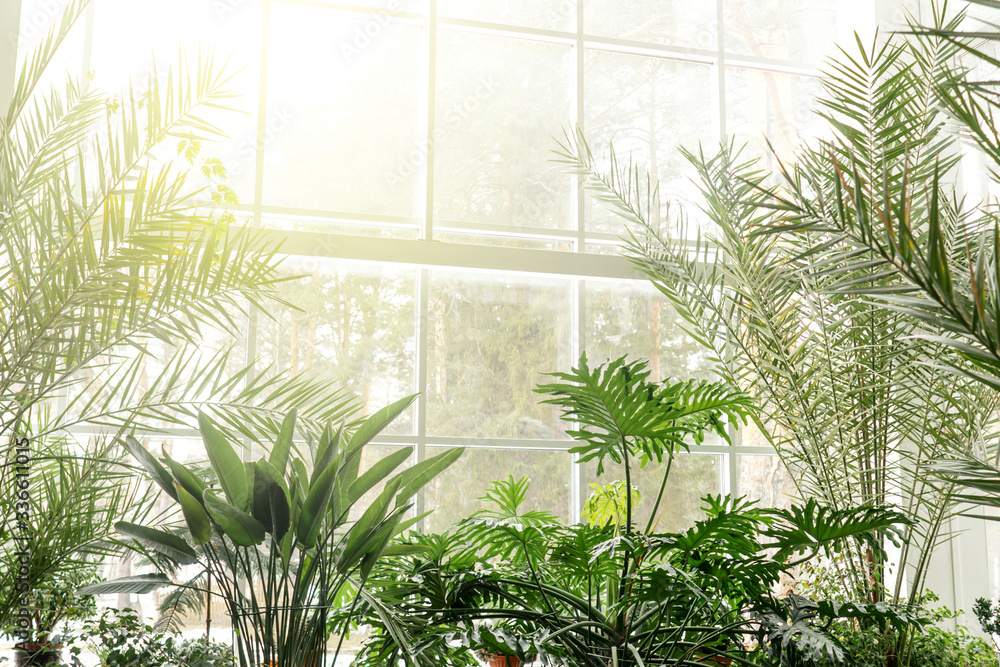Do you ever get stressed out by contemporary life’s fast-paced and artificial environment? If this is the case, you are not alone. Our relationship to environment has grown more fractured in our more urbanised society, resulting in a greater sense of separation and stress. But there is still hope. Biophilic design allows us to incorporate the calming and revitalising nature’s force into our daily life.
The Definition of Biophilic Design
Biophilic design is a rising trend in interiors and architecture that emphasizes the human-nature interaction. This design concept includes natural aspects into the built environment, including as sunlight, water, plants, and natural elements, to improve our health and sense of connectedness to the world around us.
“Biophilic design is about creating spaces that connect us to the natural world and improve our health, happiness, and well-being.”
Dr. Stephen Kellert, Biophilic Design Pioneer
Nature at Your Fingertips – The Benefits of Biophilic Design
The Benefits of Biophilic Design Numerous advantages have been scientifically demonstrated.
Stress reduction
Anxiety and depression symptoms can be reduced and stress levels can be reduced by being in nature, according to research. In biophilic design, calming elements like plants, water features, and natural light can make a space feel calm and peaceful. Additionally, being surrounded by nature can help us unplug from the chaos and distractions of modern life and regain our sense of equilibrium.
Enhanced physical well-being
Nature’s positive effects extend beyond mental health. In addition, exposure to nature has been shown to reduce ADHD symptoms, strengthen the immune system, and lower blood pressure in studies. It has also been demonstrated that spending time in natural settings like parks or gardens can help alleviate fatigue symptoms and boost overall physical energy.
Increased efficiency
It has been demonstrated that biophilic design enhances creativity, productivity, and cognitive function. One study from the University of California, Berkeley found that workers were 15% more productive in natural environments than in conventional office settings. Nature’s calming and energizing effects can also help us work more effectively by reducing distractions and improving focus.
Enhanced memory and learning
Biophilic design has the potential to not only boost productivity and focus, but also memory and learning. In a University of Michigan study, students who had access to views of nature performed better on tests than their peers who did not. This is because being in nature can help us learn better by making it easier for us to process and remember information.
“Nature is not a luxury; it’s a necessity. It’s essential to our physical and mental well-being.”
Richard Louv, Author of “The Nature Principle”

Bringing the Outdoors In: How to Incorporate Biophilic Design
So how do you bring the benefits of biophilic design into your life? Here are a few tips:
Make use of natural light
Large windows and skylights let in natural light, which is reflected by lighter-coloured materials and makes the room bright and airy.
Introduce plants
Plants can bring the outdoors into your office or home. Choose species that don’t need much care, like spider plants, ferns, and succulents.
Make use of water features
The sight of an aquarium or the sound of a fountain can help you relax and improve the quality of the air.
Utilse natural resources
Natural materials like wood, stone, and bamboo are just a few that can be used in construction and decor to connect with nature.
Provide natural perspectives
Window or balcony views of parks, trees, or other natural landscapes bring the outside in.
Make use of natural airflow
Skylights and open windows let fresh air flow through, which makes it easier to connect with the natural world and improves the quality of the air.
“Biophilic design is a way to bring the benefits of nature into the places where we live, work, and play. It’s about creating a deep and meaningful connection between people and nature.”
Stephen Kellert, Biophilic Design Pioneer
Conclusion
Biophilic design, pioneered by Stephen Kellert, is a growing trend in architecture and interior design that places an emphasis on the connection between humans and nature. Biophilic design has been shown to reduce stress, improve physical health, increase productivity, and improve learning and memory by incorporating elements of nature into our built environment. Biophilic design can help you reconnect with the natural world and improve your health and happiness whether you’re designing a new home or office or just want to make your current space healthier. Therefore, if you want to reap the benefits of biophilic design the next time you plan to renovate or decorate, think about including a touch of nature in your design plan.



